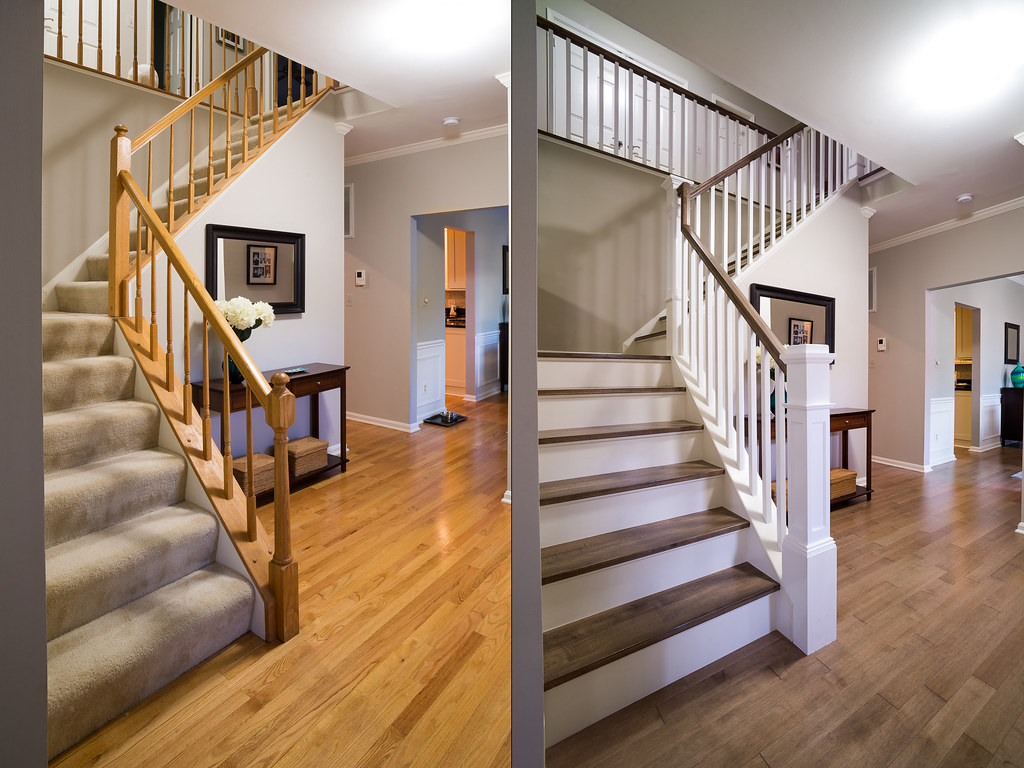I have been dabbling a bit more in real estate photography, mostly practicing on a building I own that will be a weekly shore rental. As part of the renovation process we have been replacing bulbs in the house with LED bulbs and that got me thinking about color temp for photographing the rooms. .
Ecosmart (HomeDepot) sells 3 bulb temps.
Softwhite 2700
Brightwhite 3000
Daylight 5000
We have been buying the daylight LED bulbs because we like that crisp look but I still have the original incandescent bulbs in some rooms. It seems like swapping out bulbs to daylight bulbs would make color matching a lot easier as the actual daylight, my flash and these interior light bulbs would have a close color temp.
Would I be right to think that it would be easier to photography these rooms if I swapped out the bulbs with daylight bulbs as a go? Any downside to this?
Ecosmart (HomeDepot) sells 3 bulb temps.
Softwhite 2700
Brightwhite 3000
Daylight 5000
We have been buying the daylight LED bulbs because we like that crisp look but I still have the original incandescent bulbs in some rooms. It seems like swapping out bulbs to daylight bulbs would make color matching a lot easier as the actual daylight, my flash and these interior light bulbs would have a close color temp.
Would I be right to think that it would be easier to photography these rooms if I swapped out the bulbs with daylight bulbs as a go? Any downside to this?











![[No title]](/data/xfmg/thumbnail/34/34697-f005f86bec84436c239ae8f8834b29f2.jpg?1734165704)

